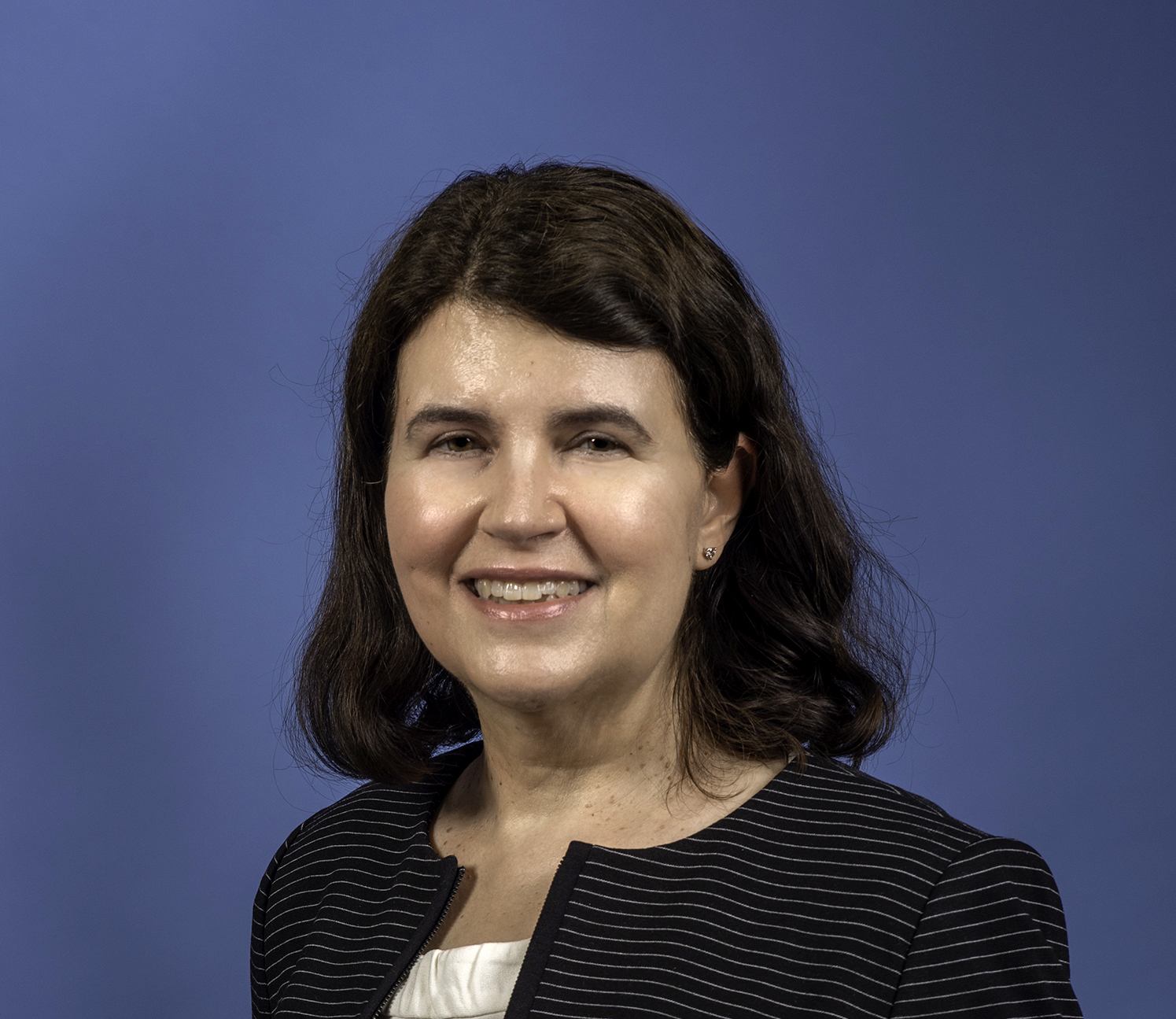Dr. György M. Keseru is a veteran in drug discovery, having worked at Sanofi and Gedeon Richter for over 16 years. Since 2013, he has been a Principal Investigator at the Research Centre for Natural Sciences of the Hungarian Academy of Sciences. There, he has been pursuing new discoveries in covalent-based drugs, particularly using fragment-based discovery methods for the unique advantages they offer. PharmaFEATURES interviewed Dr. Keseru for his unique insights in the field of covalent-based pharmacology.
PF: It’s a pleasure to have you with us today, Dr Keseru. Your track record in drug discovery is quite storied. What brought you to the field? What are some of your fondest memories or past achievements?
GK: Well, right after my PhD I joined Sanofi – where I spent three years as a lab head. Afterwards, I moved to Gedeon Richter at a very interesting time in 1999 with the company undergoing significant reorganizations. My focus was heavily on the field of psychiatry then, and I had initiated numerous original research programs – with one of them bringing a new antipsychotic drug to market in 2015. I feel very fortunate to have been part of these large teams and to have had the pleasure of seeing new treatments move from the lab to the world, where they can provide life-changing solutions. Still, my interest remained in the purest forms of discovery – hence my return to academia in 2013.
PF: Your current work is most related to covalent inhibitors, which constitute one of the oldest modalities of pharmacology. Some of the most successful drugs have a covalent mode of action, but one could say they were perhaps neglected over concerns regarding toxicity and difficulties in discovering new candidates through conventional target-based approaches. Do you think these prejudices were valid?
GK: At the time when I was in drug discovery – we were very careful in selecting compounds that would not form any covalent bonds to any known proteins in the human body. On the other hand, it is very clear that a number of approved drugs work in that way – and unraveling the mystery behind the design of those compounds and why they worked safely, despite their ability to form covalent bonds, was an intriguing question. Many of these drugs were discovered serendipitously – which is not how drug design works nowadays: if anything, it was an indication that we were lacking design principles for this class of drugs. There was clearly a need to develop these principles if we were to discover new compounds. We need clear characterisations of both the covalent and non-covalent interactions of the candidate compounds, and their degree of specificity. We understand now that we need a two-step procedure – first, the formation of the non-covalent compound, which needs very specific non-covalent interactions with its target. This is followed by the second step, the covalent modification, where we need suitable, balanced reactivity to form the covalent bond without any toxic side-effects. Covalent drugs have inherent advantages – such as a high biochemical efficacy and long lasting action, but these come with risk factors, as you mentioned. So, indeed, I think the prejudices were based over sound concerns – but they should not prevent scientific inquiry into improving covalent drugs safely.
PF: Over the last decade, we have seen a resurgence of interest in covalent drugs. What do you think were the main drivers for this renaissance? Do you think the primary motivator for this renewal was innovation in virtual screening?
GK: A large motivator for the covalent approach was that it offered obvious advantages with its ability to hit elusive targets of high pharmacological prevalence. I think this is due to a number of difficult targets, for example if we consider KRAS – which was previously considered undruggable, or intrinsically disordered proteins, or even PPIs. And, as you mentioned, there was a significant improvement in the technology for discovering and profiling covalent drugs. Another reason for this resurgence was the persistence of various research groups in the United States and Israel in investigating covalent mechanisms of action, and were able to identify a number of important factors influencing covalent reactivity and specificity. These developments all came together to provide solutions for various unmet needs which allowed the field to move forward.
PF: One of your primary research focuses is on fragment-based covalent drugs which are specific to regions of target proteins, rather than drug candidates which bind to the entire protein. What advantages do you believe are inherent in this approach?
GK: Our research is indeed focused on covalent fragments, which stems from our own interest in fragment-based drug discovery. We would also like to sort of hybridise the advantages of a fragment-based approach with the covalent approach. Fragment-based discovery does bring some challenges in the discovery process, such as having to identify which fragments interact with the protein. But when using covalent fragments, we can simply screen them using mass spectrometry which simplifies fragment identification. This is a colossal advantage when we consider targets such as PPIs which have no definite binding sites; the fragment approach allows us to identify interaction packets and surfaces that we can utilize for more optimized molecules. In intrinsically disordered proteins, which have no definite structure at all – let alone a binding site, this advantage is even more pronounced.
PF: Drug discovery can be extremely computationally intensive. While this can be mitigated through refinements in our own knowledge and candidate selection, do you believe quantum computing, particularly current advancements in Noisy Intermediate Scale Quantum (NISQ) algorithms, could revolutionize the field?
GK: I think this is a very important question. When we discuss new design principles for covalent compounds, we must absolutely mention the need for new computational techniques specifically developed for this field. This is important in both steps outlined above – both in the non-covalent phase of the drug, and the subsequent covalent stage. For the non-covalent step, we could say we have adequate tools for characterization, but our need for better tools for describing and understanding the covalent stage of each candidate cannot be understated. We require quantum chemical calculations to estimate the energies involved in the reactions, particularly for the formation of the covalent bond. This comes with increased needs in computational power – and it is very critical that we follow all developments in technologies in the area, including NISQs which show a lot of promise.
PF: Drawing on the last question, do you foresee obvious advantages for covalent drug discovery as adoption of artificial intelligence technologies grows?
GK: AI technology will revolutionize drug discovery across all modalities, I believe. The question each of us asks is whether adapting it in every and each field is worthwhile. My view is that while we can indeed continue our business without AI, increased adoption and development of the technology can offer significant advantages to covalent drug discovery. They can utilize the ever-increasing amount of information we process and collect. This can be used across a number of instances such as predicting the reactivity of electrophilic moieties, a complex but significant step in characterizing drug candidates. As such, indeed, the advantages are obvious – and the potential for groundbreaking rates of acceleration in drug discovery as well.
PF: What developments are you most excited about in covalent drug discovery in the new year, and perhaps the coming decade? Are there any particular challenges you wish to see the field overcome?
GK: The field as a whole holds much potential, but I should mention two technologies I think are extremely useful that I was and still am the most excited about:
- Improved Activity Based Protein Profiling (ABPP) technologies developed by Ben Cravatt which allows for the use of larger sets of covalent fragments at the proteome level. This work already resulted in the discovery of targetable cysteine residues, which sparked a lot of work to move the field forward; more recently, they did the same with lysine residues. This work provides confirmation that improved technology can provide significant progress.
- The PhaBit technology, which was discovered by a team at GlaxoSmithKline headed by Jacob Bush in the UK. Their published work highlights the potential for photoaffinity labelling based technology to identify fragments binding to less well defined binding packets on proteins. They confirmed the function of the technology on multiple proteins, including some challenging targets.
Developments such as these make great contributions to the field and show the pace of research in the area should continue unabated in the coming years.
PF: You will be one of the facilitators for our Strategy Meeting in Medicinal Chemistry in London this year – we are excited to hear your own insights on covalent drug discovery in person. Are you looking forward to the resumption of face to face meetings and scientific conferences?
GK: Naturally – I think this will be a great opportunity to discuss recent developments in the covalent field in the great environment provided by Proventa. This is particularly exciting after two years of the pandemic – two years which had a high impact on scientific communications. All community members recognize the value of in-person exchanges and how they provide a fundamental medium for progress. As such, I am very much looking forward to being in London this June.
José María De Uriarte Díaz, Head of Production, Proventa International
Nick Zoukas, Former Editor, PharmaFEATURES
Join Proventa International’s Strategy Meeting for Medicinal Chemistry in London in 2022 for more exciting, in-person insights in the field, from world-renowned experts, including Dr. György M. Keseru. Participate in closed roundtable discussions on cutting-edge from MedChem and the wider pharmaceutical industry.

Subscribe
to get our
LATEST NEWS
Related Posts

Interviews
Leveraging Translation Services in Clinical Trials with Stephane Millet, Acolad
Stephane Millet highlights the strength of Acolad’s leadership in delivering content that empowers, anywhere.

Interviews
Innovating the Canadian Biotech Sector with Joseph Mancini, adMare BioInnovations
With a wealth of globally-competitive scientific discovery, Canada is primed to lead the life sciences world. adMare is here to make that a reality!
Read More Articles
Synthetic Chemistry’s Potential in Deciphering Antimicrobial Peptides
The saga of antimicrobial peptides unfolds as a testament to scientific ingenuity and therapeutic resilience.












